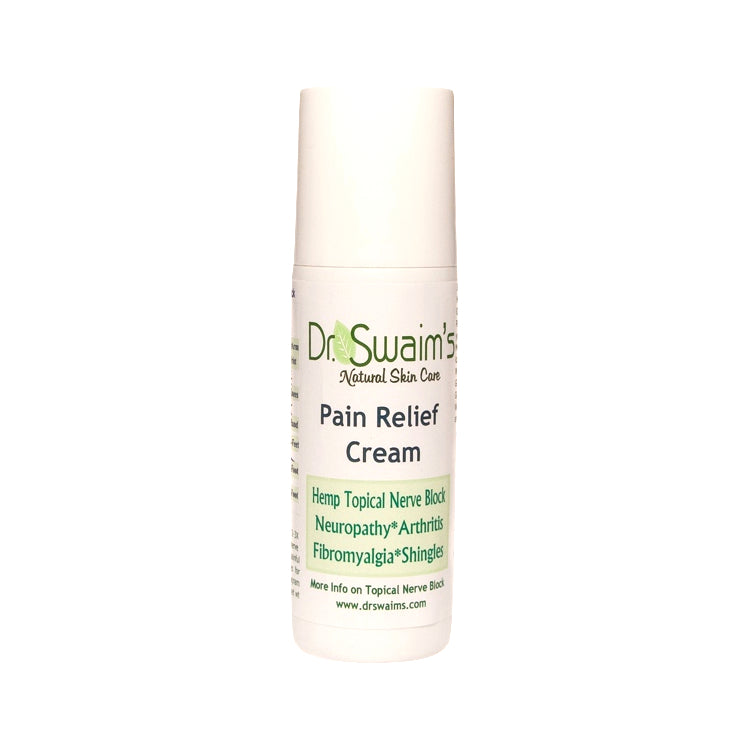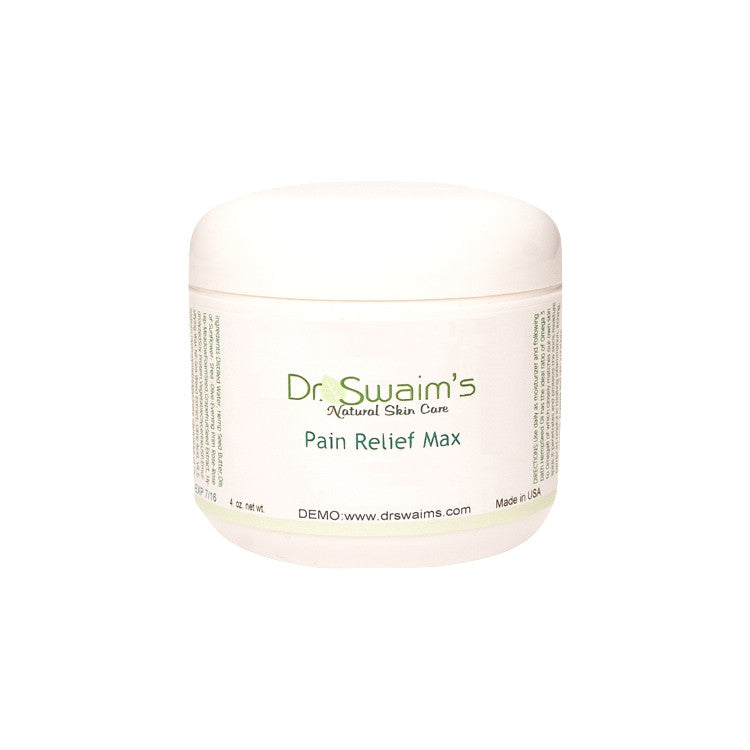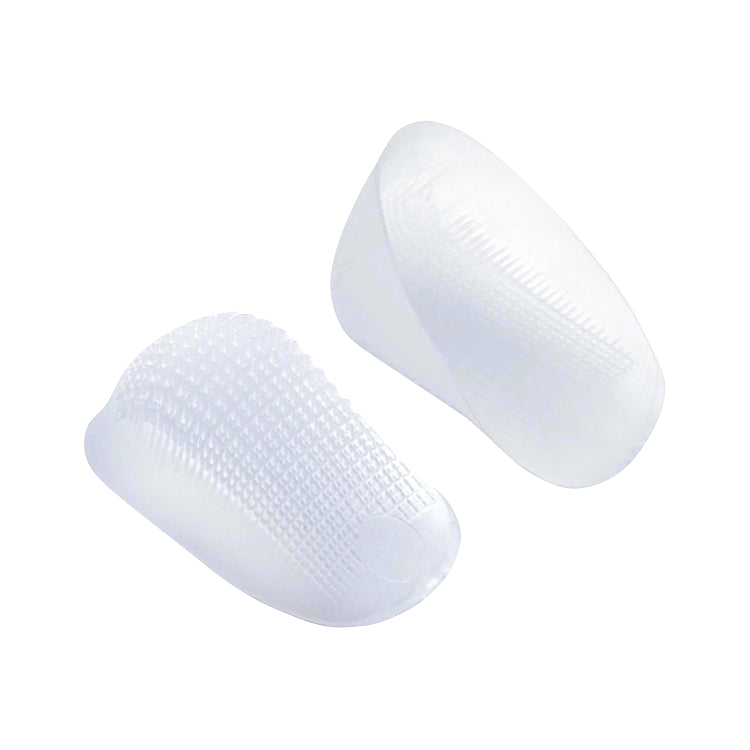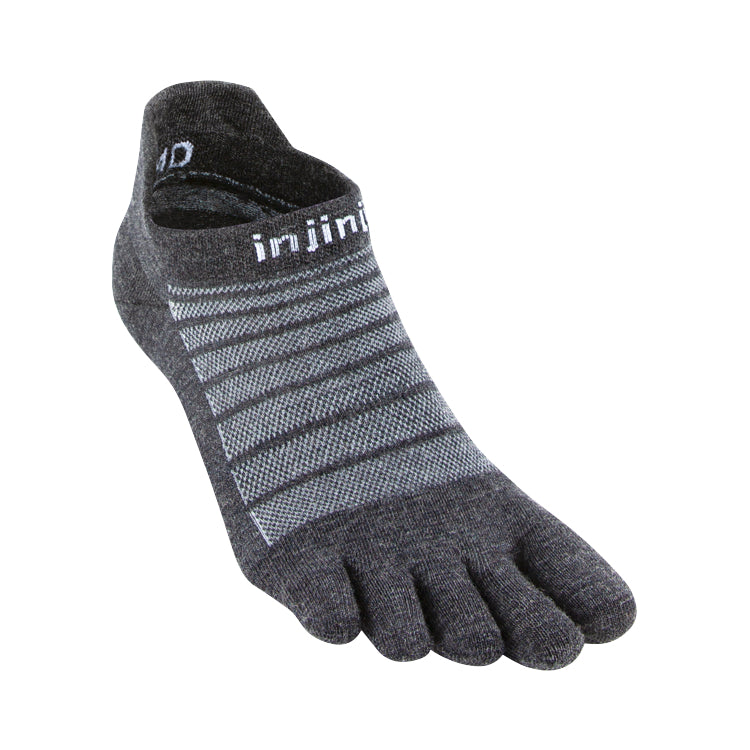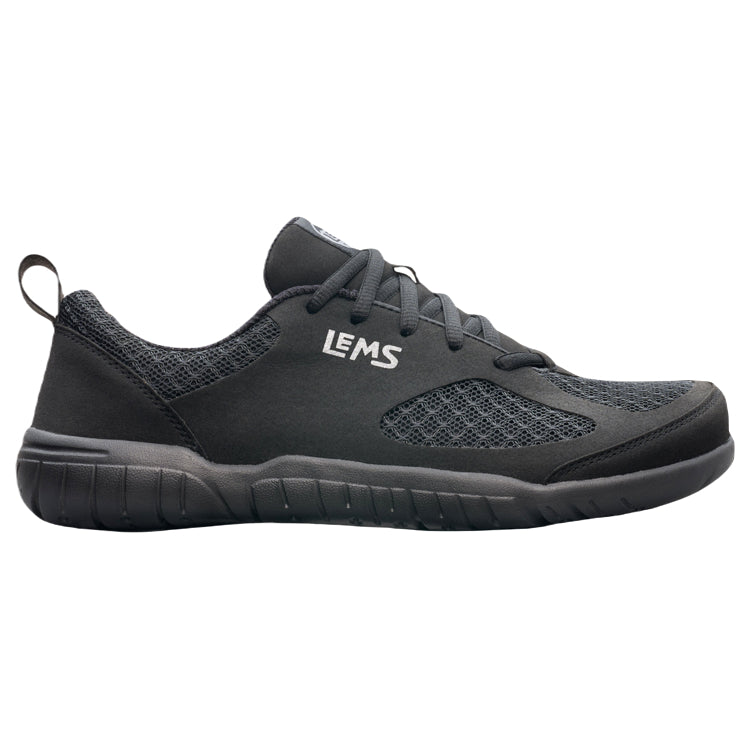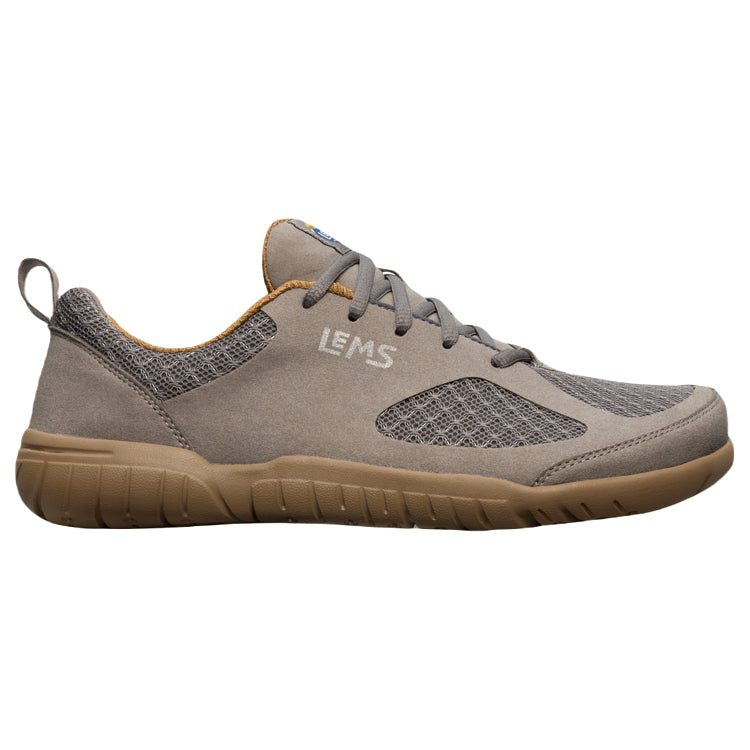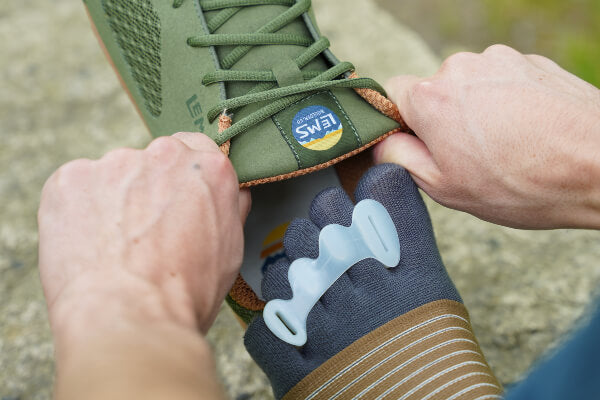
Definition
Bursitis: Inflammation of a bursa, or fluid-filled sac.
General Info
Bursae are situated in various locations throughout the body where friction between tissues commonly occurs. These sacs are designed to help reduce friction and prevent pain. Repetitive movements or prolonged and excessive pressure are the most common causes of bursal inflammation, though traumatic injury may also cause this painful problem. In fact, the body sometimes creates bursal sacs in response to trauma or tissue damage.
Infracalcaneal bursitis (inflammation of the bursa below the calcaneus, or heel bone) is one of the most common types of bursitis in the foot. Infracalcaneal bursitis can sometimes be difficult to differentiate from plantar fasciosis—another condition that causes pain below the heel. The key difference is that infracalcaneal bursitis tends to be worse at the end of the day whereas plantar fascia pain tends to be worse in the morning, immediately upon waking.
Infracalcaneal bursitis can significantly affect a person’s quality of life and his or her ability to perform activities of daily living, due to pain and impaired gait. This foot health problem may be diagnosed in several ways, including by palpation, or light pressure applied to the affected area by a healthcare practitioner. If the heel pain has existed for a long time, X-ray imaging studies may reveal localized calcification in the infracalcaneal bursa, though this is not always the case. MRI images are sometimes used as a diagnostic tool for this health problem, though MRI studies are considered unnecessary for diagnosis in many cases.
Signs & Symptoms
Common signs and symptoms associated with infracalcaneal bursitis include:
- Redness under the heel
- Pain and swelling under the heel
- Pain or ache in the middle part of the underside of the heel
- Heel pain or discomfort that increases with prolonged weight-bearing activities
Possible Causes
Feet are extremely resilient and are designed to stand up to the pressures of day-to-day living. In some cases, though, foot structures may break down when subjected to chronic stress associated with long periods of weight-bearing activity on concrete, asphalt, or other hard surfaces (especially when footwear does not allow for proper weight distribution). Foot problems, including infracalcaneal bursitis, are often made worse by poorly designed footwear, and pressure, impact, and shear forces can damage the feet over time. Bursal sacs are intended to minimize this damage, but sometimes the bursa itself becomes inflamed. A rapid increase in physical activity levels or thinning of the heel’s protective fat pad are factors that may contribute to infracalcaneal bursitis. Other possible causes of infracalcaneal bursitis include:
- Blunt force trauma
- Arthritic conditions
- Acute or chronic infection
The following factors may increase a person’s risk of bursitis, including infracalcaneal bursitis:
- Poor conditioning
- Exposure to cold weather
- Participating in contact sports
- Having a previous history of bursitis in any joint
- Heel striking when running, especially in conventional running shoes with heel elevation
Helpful Strategies
Here are some of the most effective treatments for infracalcaneal bursitis:
-
Rest: Temporarily avoiding weight-bearing activities that put stress or strain on the heel bone can very helpful in treating infracalcaneal bursitis.
-
PRICE: PRICE (protection, rest, hot/cold contrast compresses, compression, and elevation) is another good acute management technique for this foot problem.
-
Shoe Therapy: Changing footwear is an effective long-term prevention and treatment tool for infracalcaneal bursitis. Shoes that possess a flat support base from heel to toe, a sufficiently wide toe box to accommodate natural toe splay, and a flexible sole that can be easily bent or twisted are best for preventing and managing infracalcaneal bursitis.
-
Other Helpful Footgear: An integrated approach to this problem usually involves the use of padded socks or heel cups to help reduce pressure, friction, and inflammation under the heel.
-
Nutritional Supplements: Natural anti-inflammatory agents can also be helpful in quelling inflammation, reducing pain, and improving treatment times for infracalcaneal bursitis.
In rare cases, more aggressive treatment methods may be required, such as cortisone injections or surgery to drain the bursal sac. Always consult your physician before beginning any healthcare regimen designed to treat infracalcaneal bursitis.

WANT TO IMPROVE YOUR FOOT HEALTH?
Let the team at Natural Footgear help you! Subscribe to our newsletter for the latest offers and helpful info, and sign up for our FREE email courses on various topics and foot health conditions.
Sign Up →
Want to Improve Your Foot Health?
We are here to help you every step of the way. Get our newsletter for the latest offers and helpful info, and sign up for our FREE email courses on various topics and conditions, including bunions, hammertoes, neuromas, plantar fasciosis, shin splints, ingrown toenails, and more.
Sign Up →
 Plantar fasciosis is a common cause of heel pain, but another problem that can cause heel pain is bursitis, specifically, infracalcaneal bursitis—irritation of the fluid-filled sac that sits directly under the heel bone. With heel bursitis, pain tends to increase with weight-bearing activity, as opposed to plantar fasciosis, a condition in which pain usually is greatest upon waking in the morning. In this video, Dr. Ray McClanahan, a sports podiatrist...
Read more
Plantar fasciosis is a common cause of heel pain, but another problem that can cause heel pain is bursitis, specifically, infracalcaneal bursitis—irritation of the fluid-filled sac that sits directly under the heel bone. With heel bursitis, pain tends to increase with weight-bearing activity, as opposed to plantar fasciosis, a condition in which pain usually is greatest upon waking in the morning. In this video, Dr. Ray McClanahan, a sports podiatrist...
Read more



